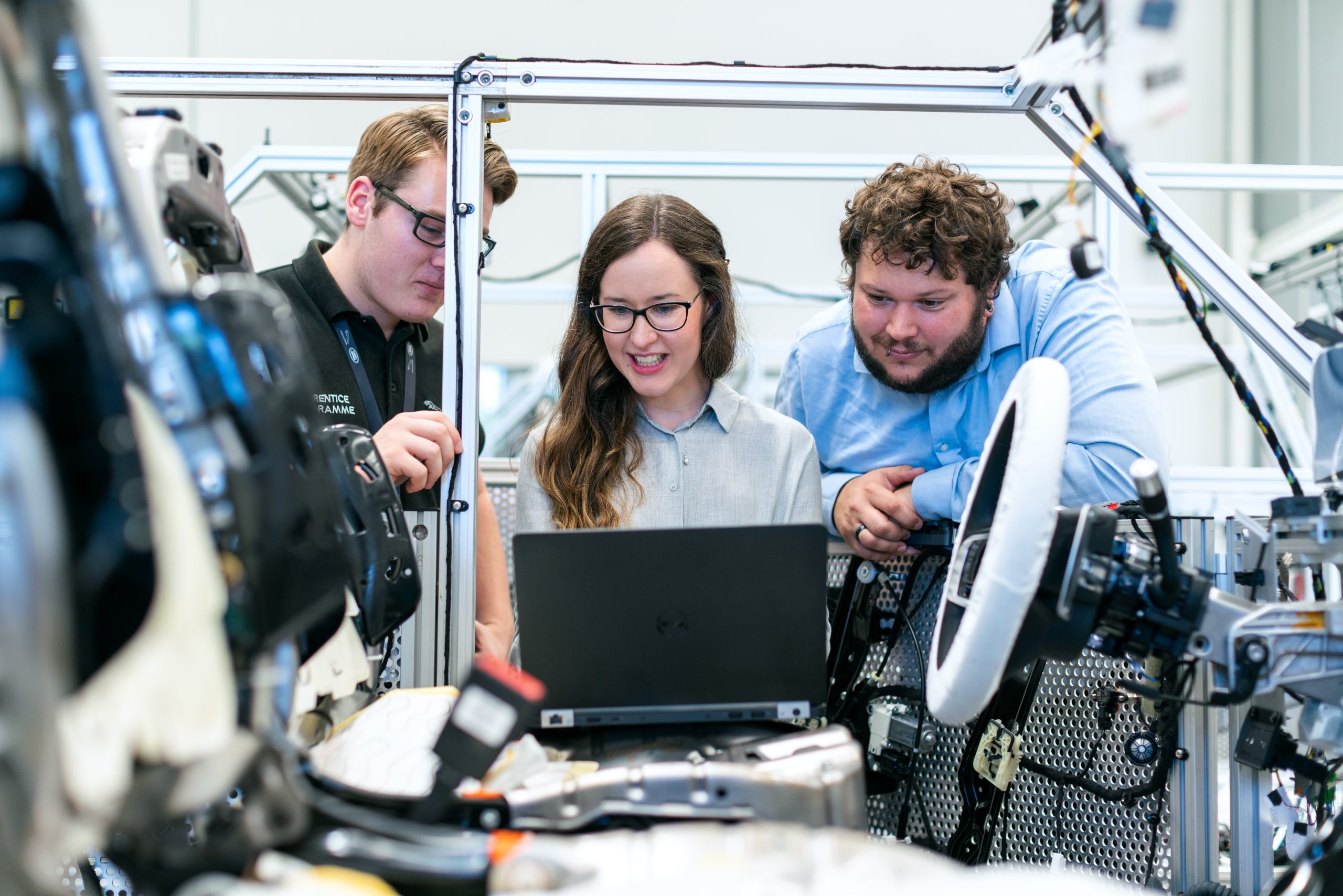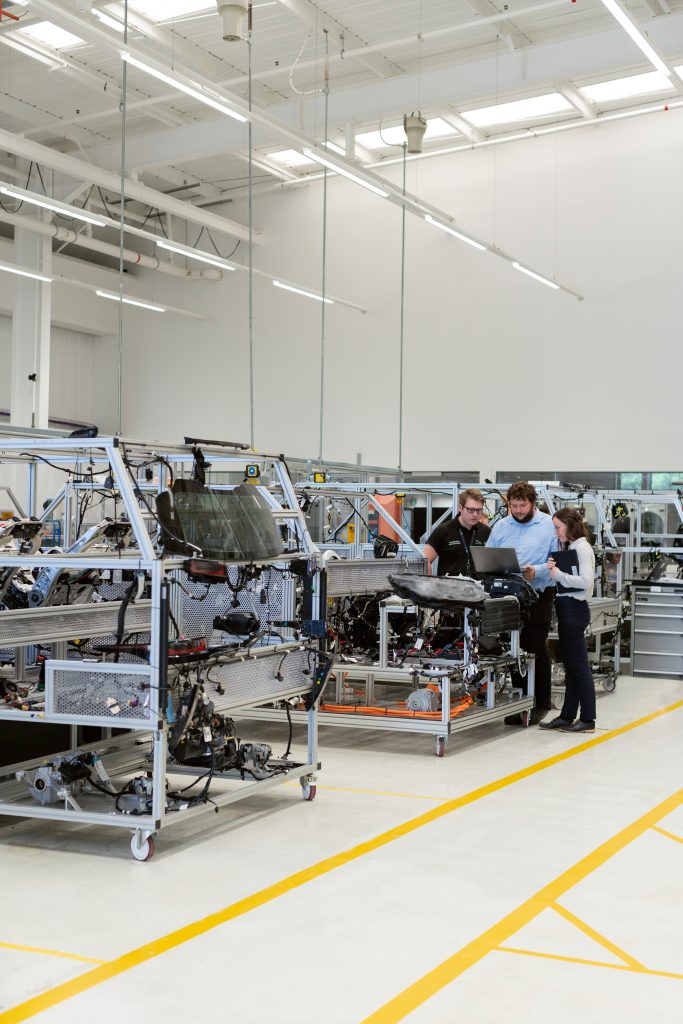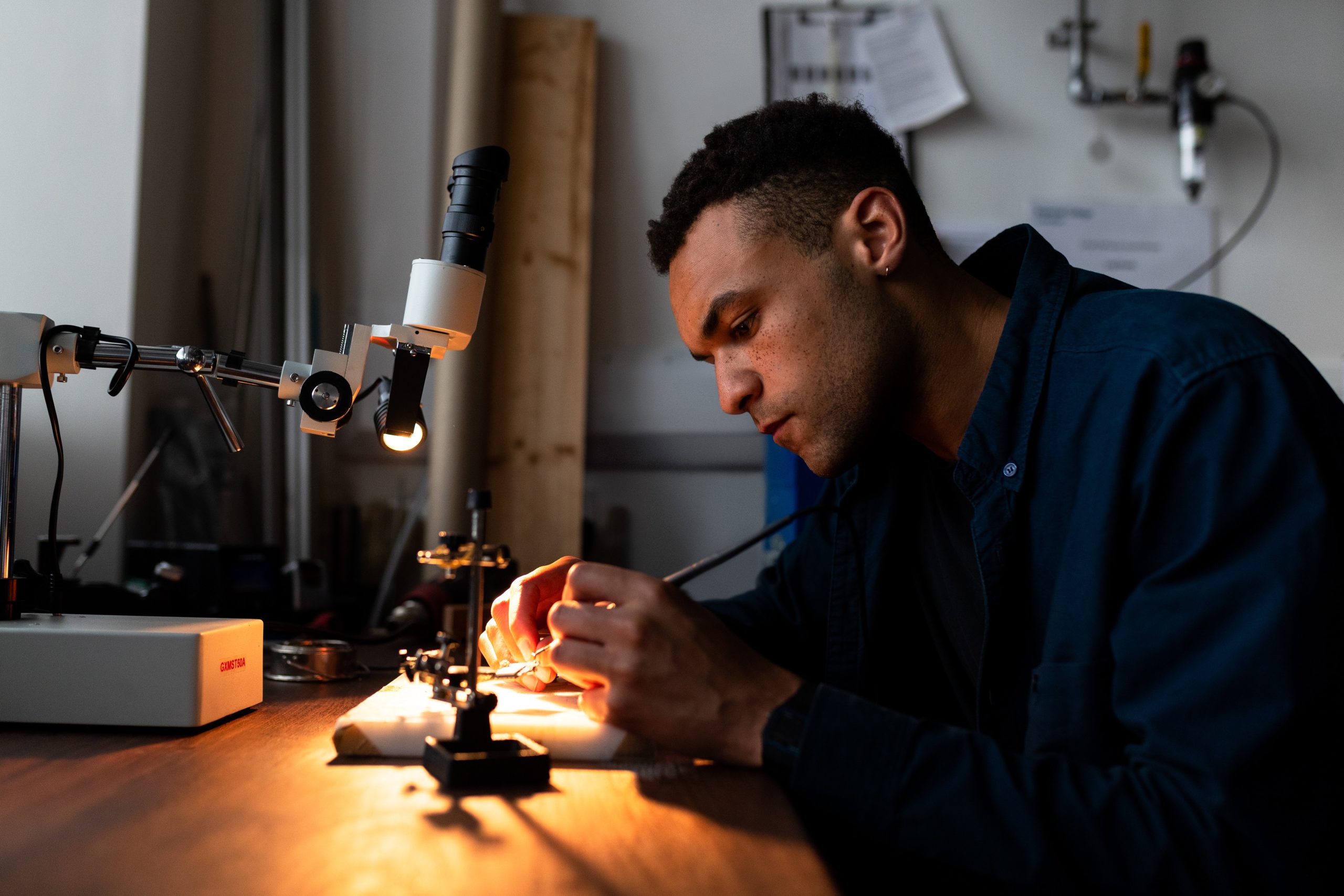In the industrial realm of manufacturing and precision measurement, traditional distributor-customer relationships are evolving due to changing industry dynamics and shifting customer expectations. Companies like Pride Gage are at the forefront of this transformation, revolutionizing their engagement strategies. Through pioneering direct customer support, Pride Gage is setting new standards for personalized assistance and seamless communication. In this blog, we’ll explore the limitations of the distributor-centric model, delve into the challenges it poses, and highlight how Pride Gage is reshaping the landscape with its commitment to direct relationships with customers.
Typical Distributor-Customer Relationship
Historically, manufacturers have relied on intermediaries to distribute their products to end-users. While distributors play a pivotal role in extending market reach, this model often results in detachment between manufacturers and end customers. Communication flows through distributors, potentially causing a disconnect in understanding the precise needs of customers.
Limitations of Working Solely with Distributors
Lack of Direct Customer Communication: A significant pitfall of the distributor-centric model is the minimal direct interaction between manufacturers and customers. Valuable insights into customer preferences, pain points, and emerging requirements risk being lost in translation.
Challenges in Providing Personalized Assistance therefore When customers encounter issues or seek tailored solutions, distributors might lack the comprehensive knowledge required for effective resolution. This can lead to generic recommendations that don’t optimize the customer experience.
Pride Gage’s Direct Support Commitment
Eliminating Intermediary Barriers: Recognizing these limitations, Pride Gage embarked on a mission to bridge the gap between their products and end-users. By bypassing the frustation, the company ensures that customers receive accurate, timely, and pertinent information directly from the source.
Establishing Direct Customer Relationships: Empowered by a team of experts, Pride Gage engages customers in direct conversations. This proactive approach enables them to gain a deep understanding of each customer’s unique challenges and requirements.
Benefits of Pride Gage’s Direct Support
Tailored Recommendations and Solutions: Pride Gage’s direct customer support empowers them to offer personalized recommendations and solutions. By understanding the intricacies of a customer’s operations, they can suggest products and strategies that perfectly align with their goals.
Efficient Troubleshooting and Assistance when technical issues or operational challenges arise, direct communication with Pride Gage’s experts ensures swift and effective troubleshooting. Thus,minimizes downtime and optimizes overall operational efficiency.
Pride Gage’s Unique Customer Support Approach
In an era prioritizing efficiency and customization, Pride Gage distinguishes itself with its commitment to direct customer support. By circumventing traditional distribution channels, the company has elevated its ability to serve customers precisely. Through personalized assistance, streamlined issue resolution, and a comprehensive grasp of customer needs. Pride Gage redefines how manufacturers engage with their clients. As industries evolve, their innovative approach paves the way for a future where direct customer support takes center stage.








